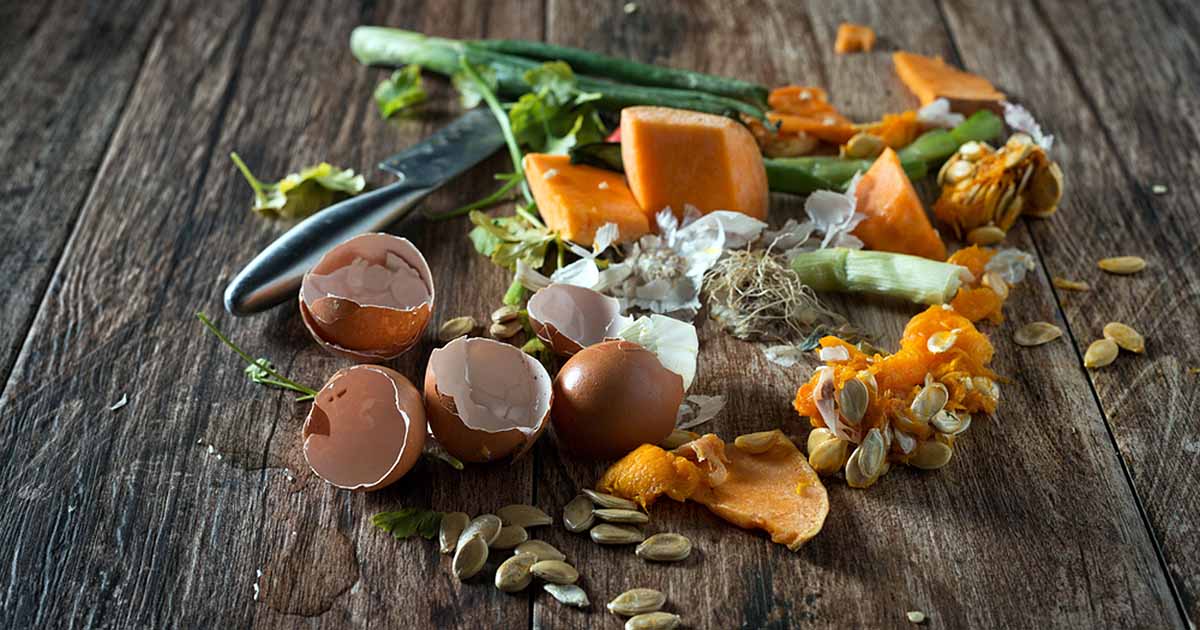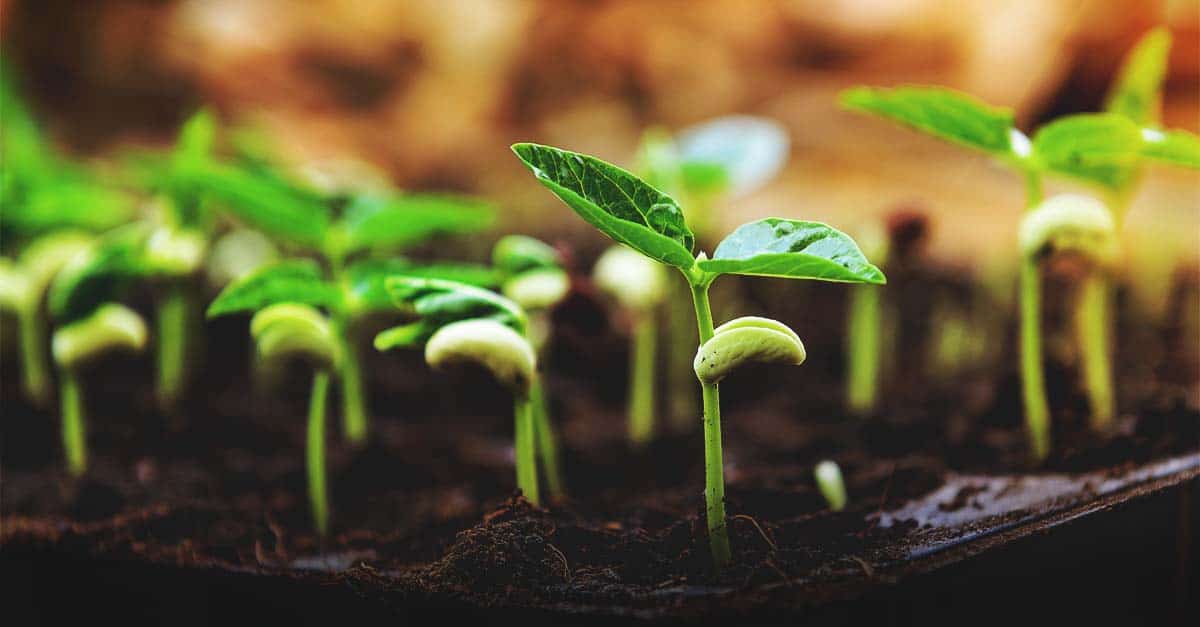
When was the first Earth Day?
The very first Earth Day was held in the U.S. in April 1970. Millions of Americans, including students from thousands of colleges and universities, participated in rallies, marches and educational programs across the country.
Earth Day was the brainchild of Senator Gaylord Nelson of Wisconsin, an environmentalist who hoped to unite the grassroots environmental movement and increase awareness of ecological issues. “The objective was to get a nationwide demonstration of concern for the environment so large that it would shake the political establishment out of its lethargy,” Senator Nelson said, “and, finally, force this issue permanently onto the national political agenda.”
Today, Earth Day is an annual event on April 22 to raise awareness of and promote support for environmental protection. An estimated 1 billion people in more than 193 countries take part in Earth Day commemorative activities every year!
People also tend to extend events to the whole week, referred to as "Earth Week".
The fact that Earth Day has been held for more than half a century now is a reminder of the power of numbers. The individual decisions of people to march on the first Earth Day resulted in change in their country -- in July of 1970, for example, the Environmental Protection Agency was established by special executive order to regulate and enforce national pollution legislation -- and started a global movement that continues to this day!
Here is our 7-day action plan to spark a small movement in your own life!
Day 1 (Monday): Take time for nature

Mindset shifts don't happen overnight. Personally, my "green awakening" started when I was spending more time camping and exploring the great outdoors. When we take time for nature, we start to see the beauty of our environment and will feel a need to protect it. Whether it is a tree outside your window, or a nature park nearby, spend five minutes fully observing your little slice of paradise, and take note of how you feel.
Day 2 (Tuesday): Look at your waste

I'm sure you've seen the infamous "trash jar" in various zero-waste blogs or on the Internet. I've never done this myself, but the idea of collating and assessing your waste is a good one! It would be an eye-opening activity to do this on a less stringent manner.
For example, gathering your kitchen scraps in a bowl or cup and composting it at the end of the day would be a nice start. Food waste is one of the highest waste streams in Singapore. For food waste, there is unavoidable waste (for example, egg shells or apple cores), and avoidable food waste (waste we could have prevented by being a bit more mindful). "Avoidable food waste" are items that could have been consumed if better managed. For example, leftovers from a meal expired food, stale food blemished fruits and vegetables.
Besides food scraps, looking at physical trash can also be eye-opening. For a start, you can sort your trash into recyclables and non-recyclables. For each category, you can also consider what was "avoidable" and what was "unavoidable", so you can make better decisions in the future!
Day 3 (Wednesday): Assemble a zero-waste kit
The fastest way to make a change is to JUST DO IT! Put a zero-waste kit together and commit to using it! When I used to work in an office, I would keep this kit in my pigeon hole to use at work. Find a way to make these little actions easy for yourself so you can keep the habit up.
I can't say this enough -- you don't have to spend extra money to create a zero-waste kit! The best place to look first would be your kitchen cabinets! And if you still need something, our "reusable kit" lifestyle section would the next best place to look ;) We have cutlery sets that you can mix and match, stainless steel bento box and flasks to BYO for a start!
Day 4 (Thursday): Talk to someone about environmental action
This Earth Week, I'm going to be hosting five school and corporate talks and one workshop!
I always say that our main "product" is not the bamboo straw and not even the best-selling crystal deodorant! Our main product is our message.
Talking to others or actively trying small sustainable actions is the simplest form of advocacy. Actions rub off on others! We need to do is start more and more conversations about this topic. For sure, big change can only come about when there is systemic change. But even if we change the economic and political structures upholding the worst industrial and corporate offenders, we can’t sustain current consumption levels. It's important to know that demanding systemic change and being open to changing our individual lifestyles to reduce our personal impact are not mutually exclusive matters. And shifting personal mindsets is something like planting a seed. The person will take their growth and their journey back to their workplace or their community and bring about change there.
Day 5 (Friday): Try plant-based food options
Have you ever wondered how much environmental impact food has?
Researchers at the University of Oxford found that cutting meat and dairy products from your diet could reduce your carbon footprint from food by up to 73 per cent. While we don't have to quit cold turkey or go entirely vegan right away, reducing the amount of meat and dairy products we consume is definitely a big way to reduce our environmental impact on the planet.
The study created a dataset based on almost 40,000 farms in 119 countries and covering 40 food products that represent 90% of all that is eaten. It assessed the full impact of these foods on land use, climate change emissions, freshwater use and water pollution (eutrophication) and air pollution (acidification).
The scientists also found that even the very lowest impact meat and dairy products still cause much more environmental harm than the least sustainable vegetable and cereal growing. The research also found grass-fed beef, thought to be relatively low impact, was still responsible for much higher impacts than plant-based food. “Converting grass into [meat] is like converting coal to energy. It comes with an immense cost in emissions,” according to Joseph Poore, at the University of Oxford, who led the research.
Among my favourite plant-based swaps are... homemade oat milk (recipe here) - sweetened with dates!), vegan cheese (locally made too) by Kroodi, and Impossible or Beyond meats are always interesting (though not a staple for me)!
Day 6 (Saturday): Plant or sprout something

One of my earliest memories was tending to a jar of Alfalfa sprouts when I was in kindergarten. My mother had bought a packet of seeds and it became my task to rinse them and drain the water through a muslin cloth every day. It was really a joy to see my own sprouts grow! After a week or so they were long and ready to eat! I recently tried this again, using my nut mylk bag to double up as a straining cloth.
I am also trying to restart my basil plant pot because the best pesto is really the homemade ones! I used to have SUCH a lush plant but lost it after a spate of hot weather.
Growing your own edibles and interacting with the food that finds its way to your plate is a real joy.
Day 7 (Sunday): Clean up your environment
Join a weekend litter clean-up or start your own -- around your neighbourhood you could try "plogging" (picking up litter while jogging)!
Beach clean-ups and sea creatures entangled in human-created plastic have become the classic poster images for "environmental action", and the bulk of marine pollution is plastic waste, floating or submerged.
But did you know that more than 80 percent of the “annual input” of plastic litter, such as drink bottles and plastic packaging, comes from LAND sources. How does all this plastic end up in the water? Even if you throw trash away into bins, winds may carry the plastic trash (often lightweight) into drains or waterbodies.
Drains and canals in your neighbourhood eventually lead to the open water. Littering, storm winds and poor waste management would be some factors contributing to marine pollution. Plastic waste is especially problematic as a pollutant because it is so long-lasting. When they break down, they don’t disappear but become smaller, more dangerous micro plastics.
Beach clean-ups often end with bags and bags of trash -- very visual reminders of just how much trash there is due to people's irresponsible actions -- but you can clean up even when you're not at the beach.
